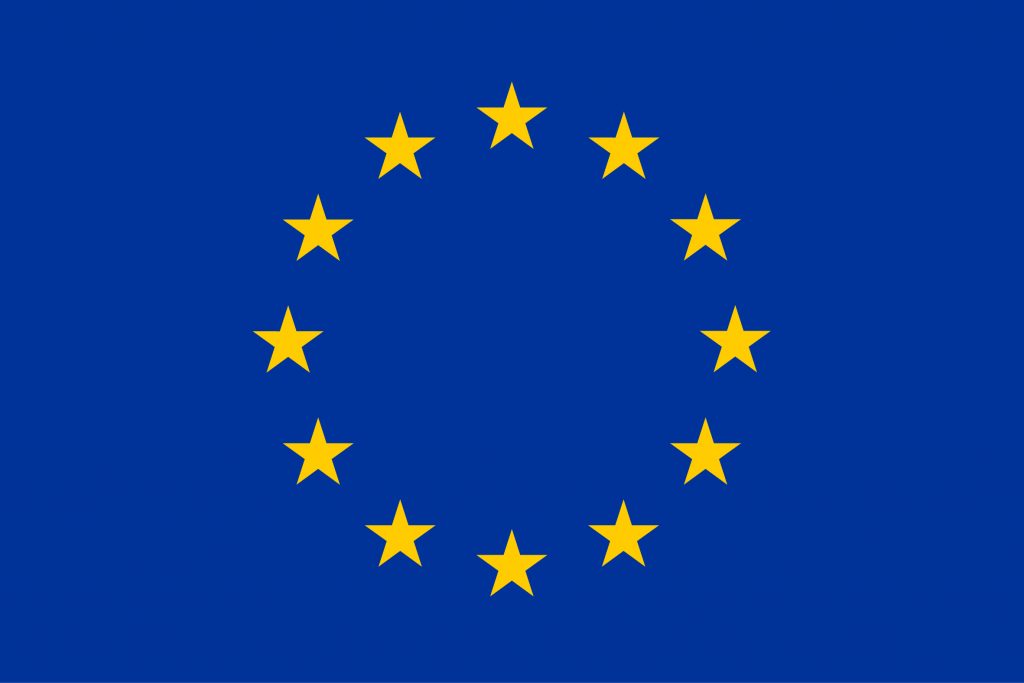NEWS FROM THE PILOT
Fair and Solidarity Tourism
Organised by The High Mountains partner, the workshop run over three Sundays in December 2023, with the final event held in the picturesque mountain village of Demati Zagori.
Further information is provided in the post of the INCULTUM Blog.
Vlachs Transhumance path Grammos
Follow this link to join the Vlachs Transhumance path Grammos by The High Mountains.
There are six Vlach villages in Konitsa and until today there are people still speaking the Vlach language, which is only oral, something between Latin, Romanian and Greek. There are Vlachs on both sides of the borders in Greece and Albania, but for them there is no border, they use the same routes to graze their sheep before the borders even existed.
Click here to enter in the Wikiloloc
Location of the pilot
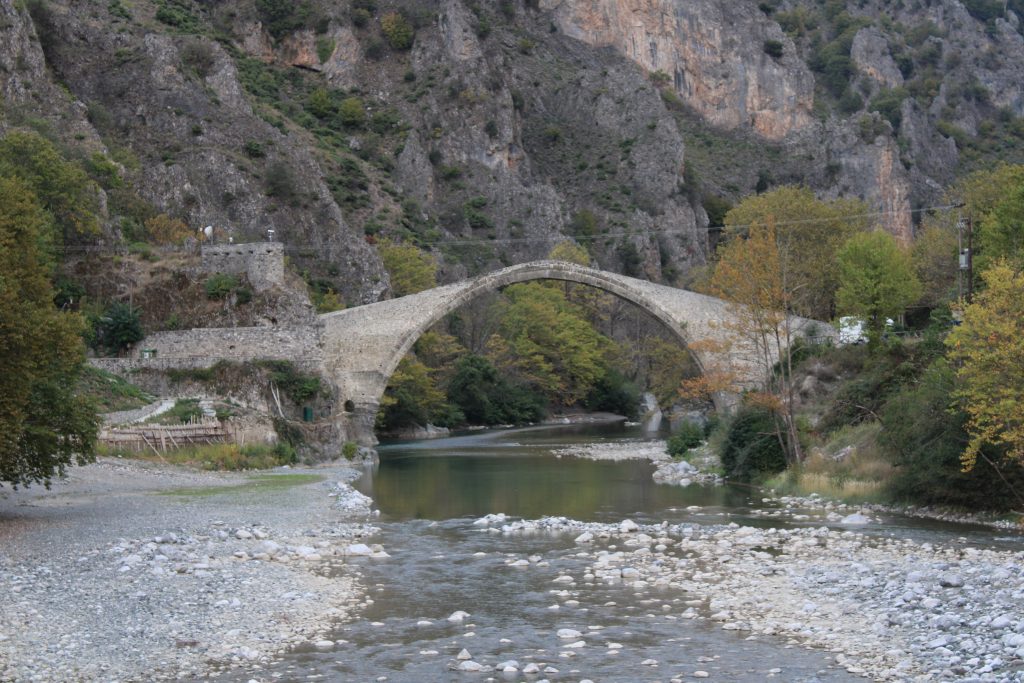
Aoos Valley is located in the north-western part of Greece, close to the Northeast borderline with Albania. It is the place where the mainspring of the river, that comes from the core of Pindus National Park, after passing through Vikos-Aoos Canyon, meets its tributary rivers of Sarantaporos, Voidomatis and others, and all together cross the borders to Albania, continuing until the Adriatic Sea.
Responsible partner: The High Mountains social cooperative
Cross-border pilot connected to pilot 8. Vjosa, the shared river
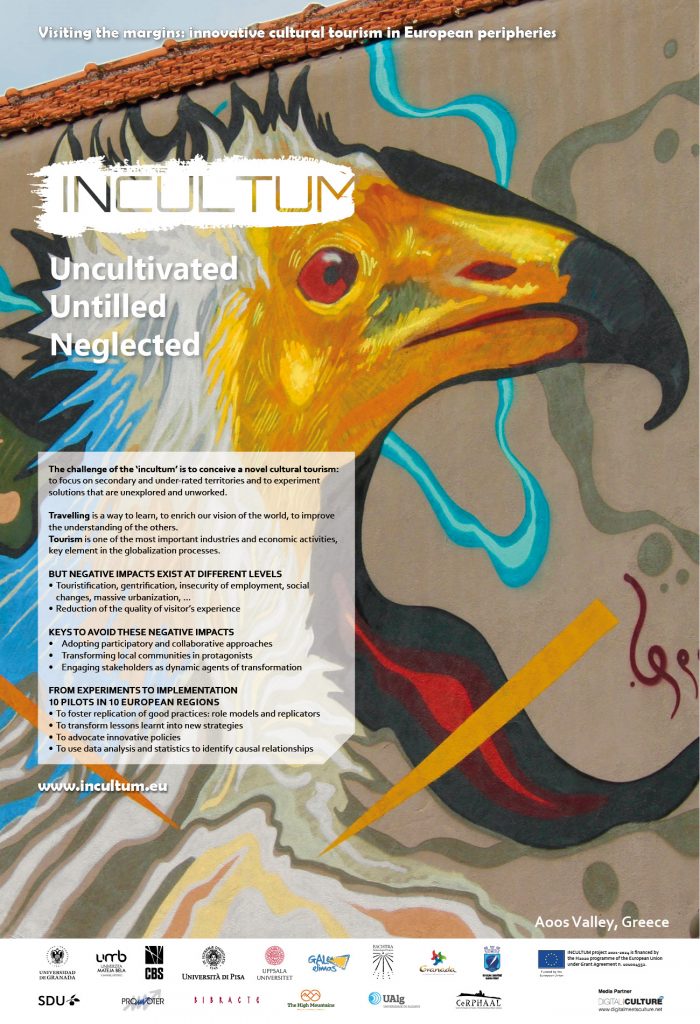
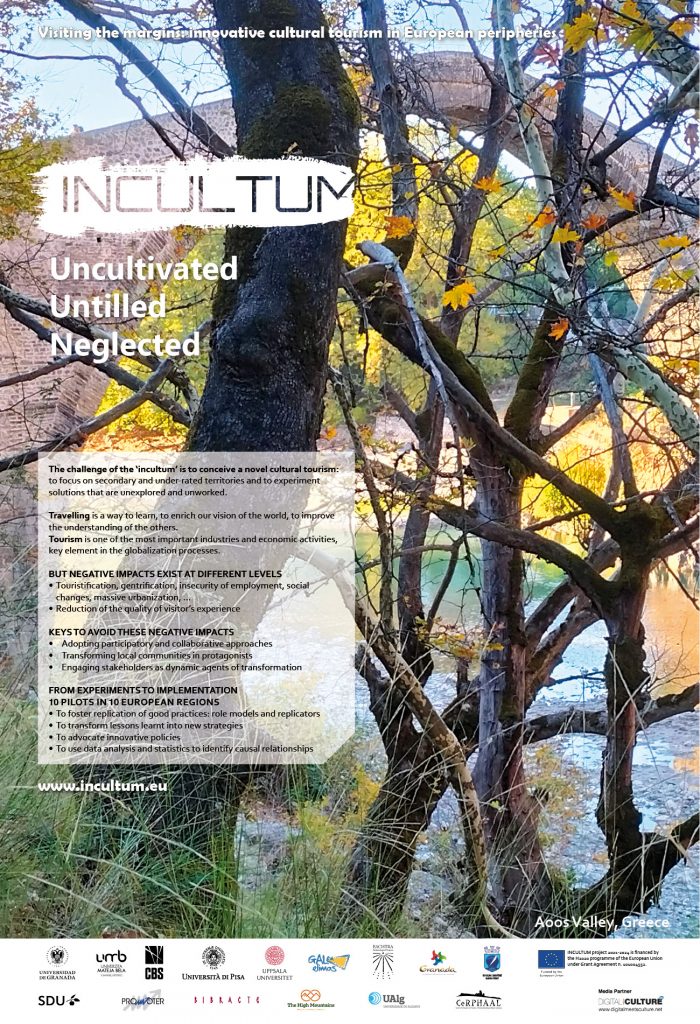
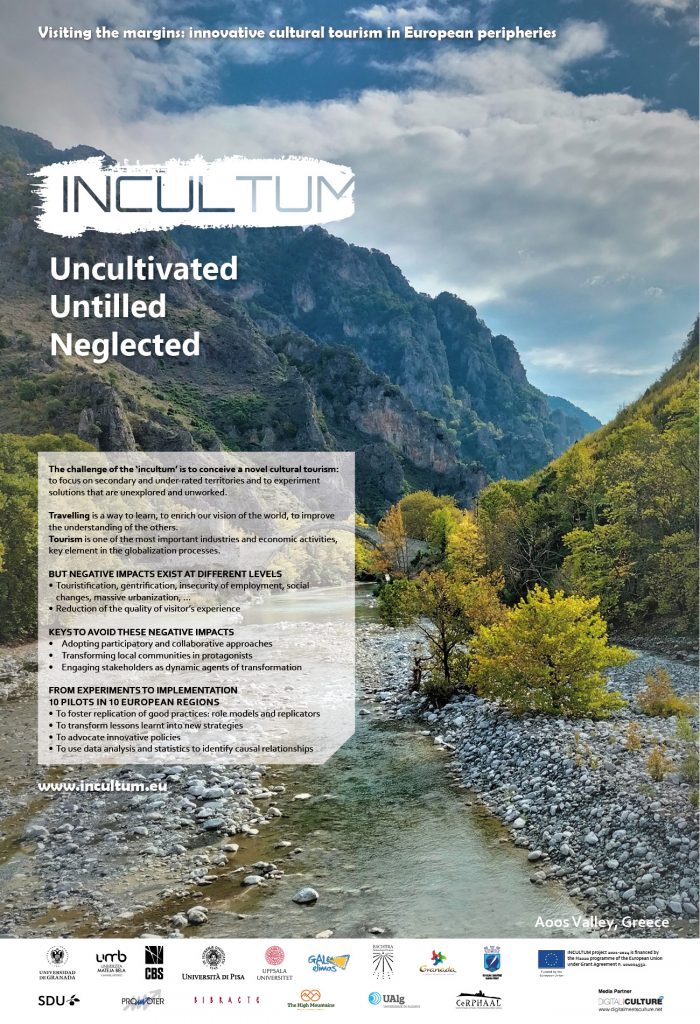
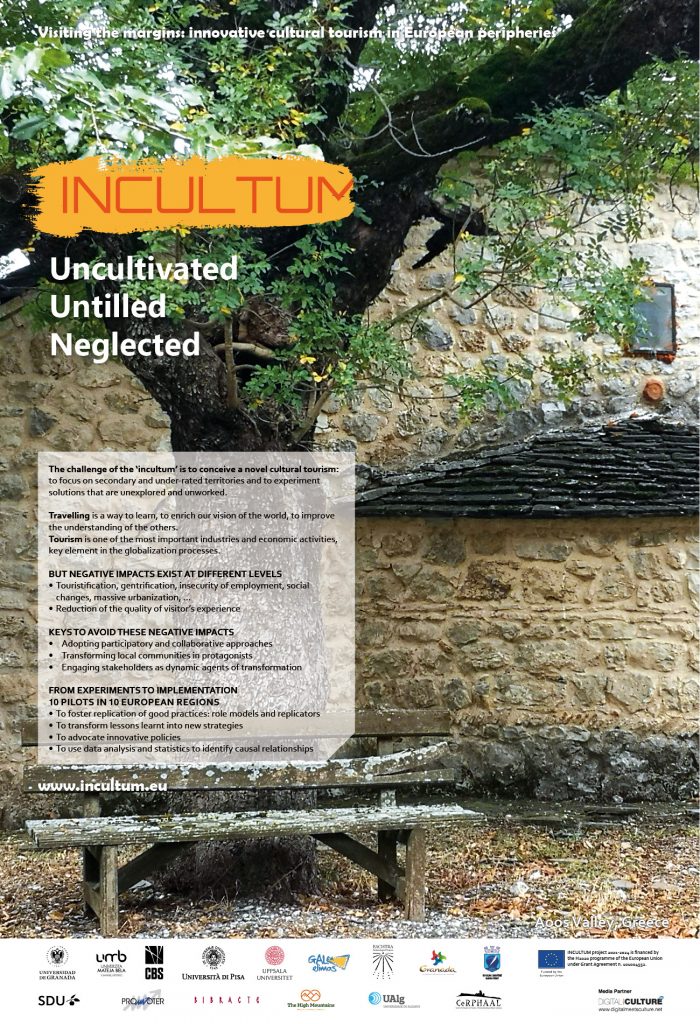
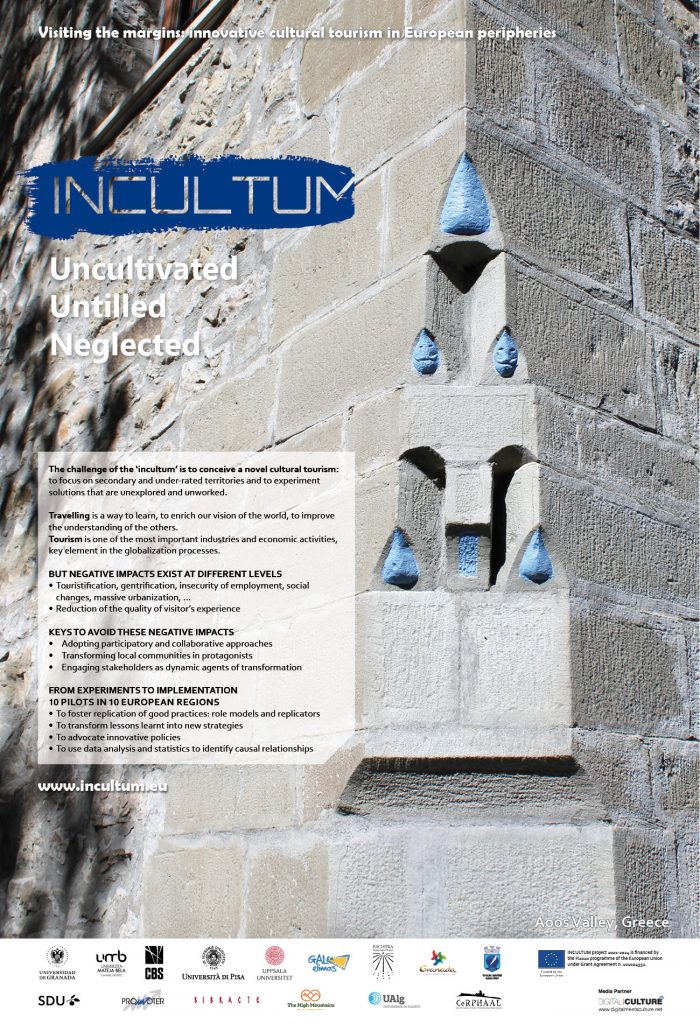
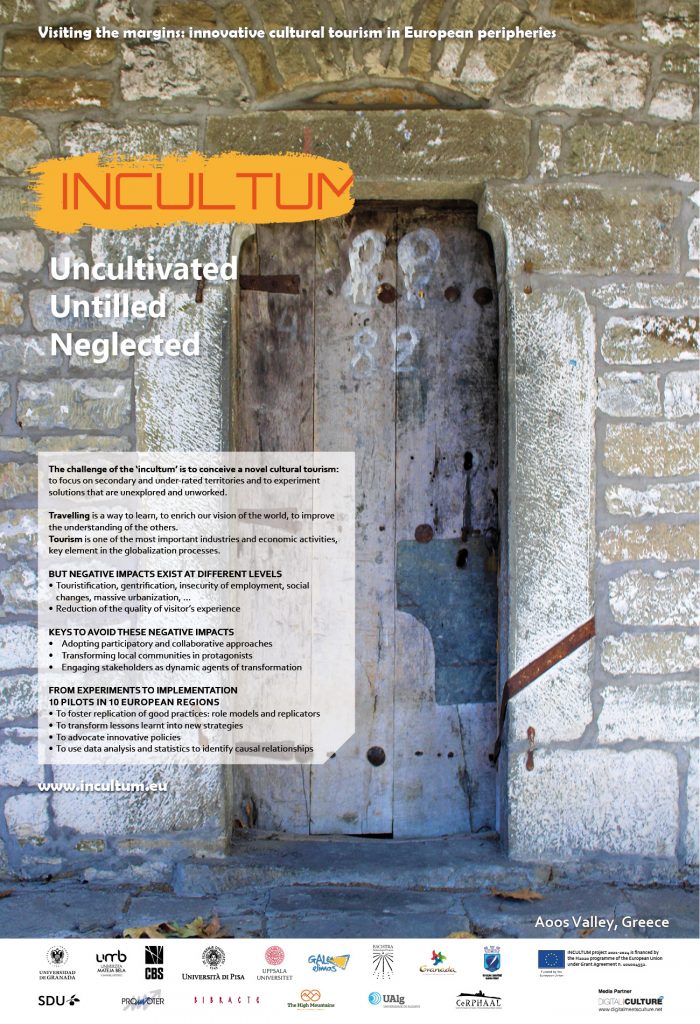
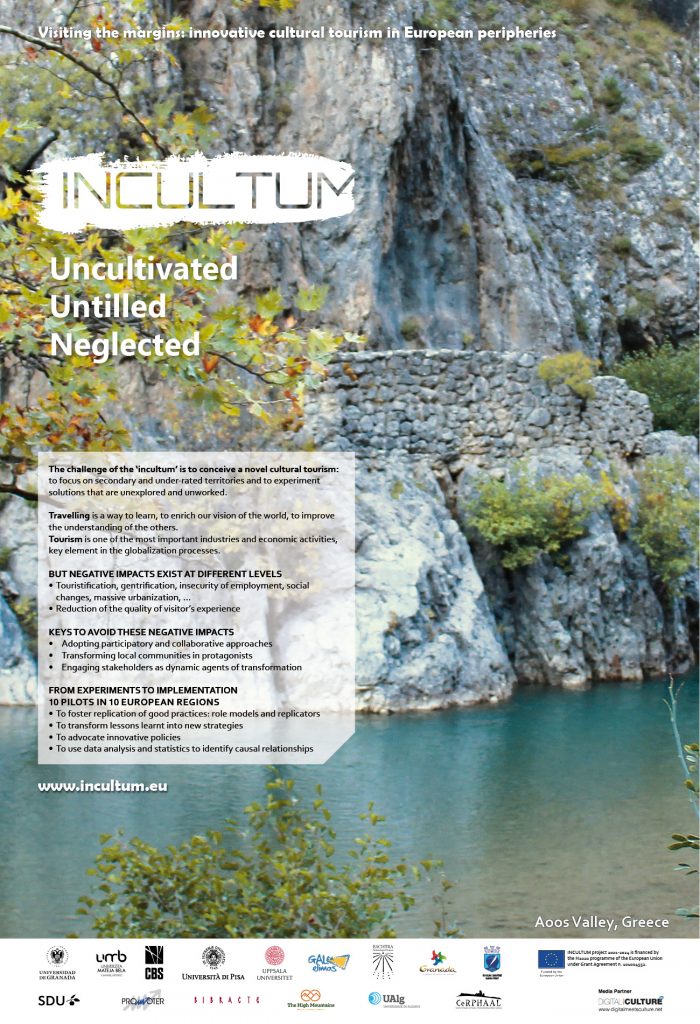

Context
Aoos Valley belongs to Konitsa’s municipality, a mountainous municipality consisting of 47 villages spread in an area of 951.18 km2, with a population of 6,362: one of the most sparsely populated areas in Greece. Konitsa is the main town of the area and the capital of the municipality surrounded by some of the highest mountains of Greece. It is built on the edge of Vikos Canyon, core of the National Park of Vikos-Aoos and one of the four Greek Geoparks, which became a member of the European and Global Geopark Networks in 2010. Numerous geosites within the territory are situated in landscapes of incomparable beauty. They owe their origin to a wide range of geological processes and are of excellent scientific and educational value. In Konitsa’s territory there is also a big part of the National Park of North Pindus and 6 Natura 2000 areas (GR 1320002 SPA / SCI, GR1310001 SCI, GR2130001 SCI, GR2130002 SPA / SCI, GR2130010 SPA, GR 2130009 SPA). Despite its natural uniqueness, Konitsa remains one of the poorest and most depopulated areas in Greece. What happened is that local and regional policies for the area were aiming to exploit the comparative advantage of nature focusing only on environmental tourism, which didn’t work well for numerous reasons. INCULTUM will focus also on what was left behind by the applied policies.
Pilot’s presentation
INCULTUM general Assembly 28-10-2021
Read more about the context and historical background of the area:
Actions
What we propose is the mapping of the natural, social, cultural and productive resources of the area, analysis of the data gathered during the mapping and their visualization using Business Intelligence tools. With this digital platform we are going to give the ability to citizens, local authorities and stakeholders, but also to visitors, to virtually combine resources of the area and propose their own evidence-based development actions and policies. Furthermore, the database is going to be participatory and always open to new inputs, collected by questionnaires, free text, business registrations, comments for the area etc. The tool is going to function both as an evidenced based decision-making tool, but also is going to be promoted as a full interactive tourist guide for the area, where locals can organize, visualize and offer a touristic experience and tourists can plan their tour in the area.
Educative seminars will be implemented for locals, young farmers, scientists and professionals of tourism, on how to combine and make good use of the history, culture, local production of the area, to develop and promote cultural tourism activities. In addition, we are going to implement open workshops related to local cultures, in order to strengthen local identities and communities of practices by promoting local resources from a comprehensive and complex point of view. Workshops on traditional building and open source mild technological solutions will make good use of the traditional ecological knowledge, practices and infrastructures, establishing a connection between the past and the future of the area.
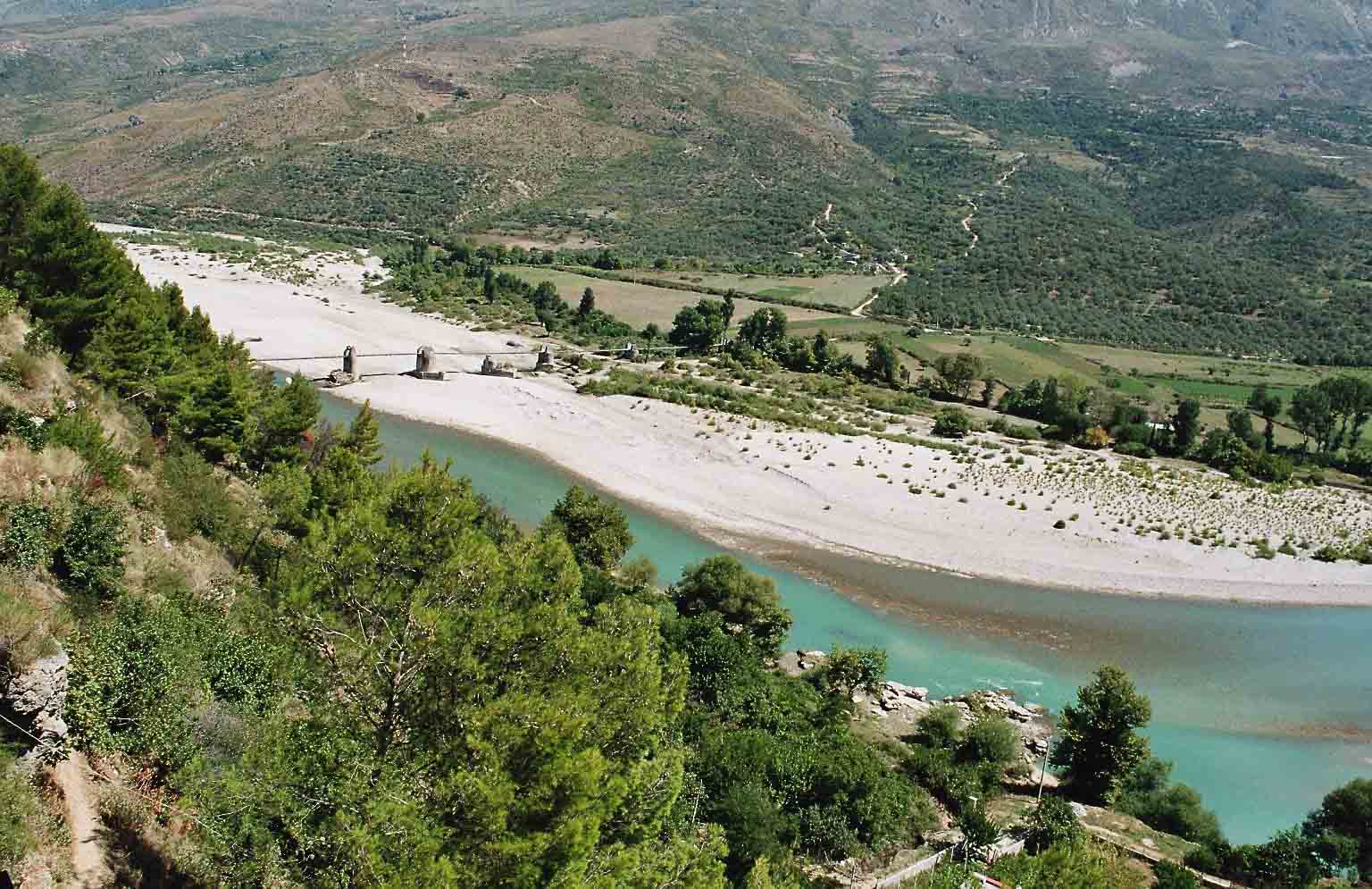

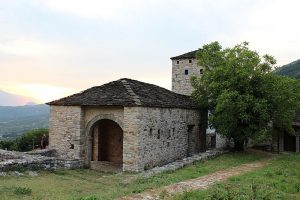
Communities involved
Cultural Clubs of the area, Brotherhoods of emigrants, Vlachs Community, local societies, professional organizations, professionals like builders and farmers, young scientists.
Expected results
Our participatory digital platform is going to provide visualized insights to Konitsa’s authorities and policymakers to imagine and design evidence based, effective and sustainable cultural tourism policies for the area, with minimized policy failure risks, using also the information and recommendations given by local society and tourists, establishing the relationship between regional development and cultural tourism. It will also help locals rethink their cultural heritage, propose evidence-based actions about it and mobilize them to plan and start new economic activities relevant to culture and tourism.
With the educational seminars we expect to promote local resources, prepare locals to start new economic activities relevant to cultural tourism and avoid negative consequences of touristification. Through our workshops we are going to promote communities of practices and strengthen the local identities and social ties making people value, rethink and reclaim the traditional ecological knowledge and practices under the scope of modern mild technologies and Commons Based Peer Production. This will bring local isolated communities closer to the global society and will open new horizons for the sustainable exploitation of the local resources by local communities bringing them closer to accomplish SDG.
Associated partners
Social Analytics (multidisciplinary social cooperative with expertise in mapping, data analysis and data visualization), Boulouki (multidisciplinary collective with expertise in traditional building techniques), P2P Lab (expertise in Commons Based Peer Production), Ecomuseum of Zagori, Municipality of Konitsa.
Cross border and international nature of the pilot case
During the Empires era both sides of Aoos Valley were one geographical, social, economic space. This status was disrupted by the drawing of the borders between the new national states of Greece and Albania. What our pilots are going to try is to restore the unity of the place. We are going to map the historical and cultural routes connecting Aoos Valley and promote their restoration through cultural tourism and by engaging stakeholders in both countries.
Innovations
Use of Business Intelligence tools for decision making and cultural policy design
Use of GIS to map cultural resources and routes
Participatory digital tools for cultural tourism development
Use of mild technology to evolve sustainable cultural infrastructures, considering SDG
Introduction of the Commons Based Peer Production to the local societies as a way to raise the mountainous isolation and a way to make good use of their cultural resources.




